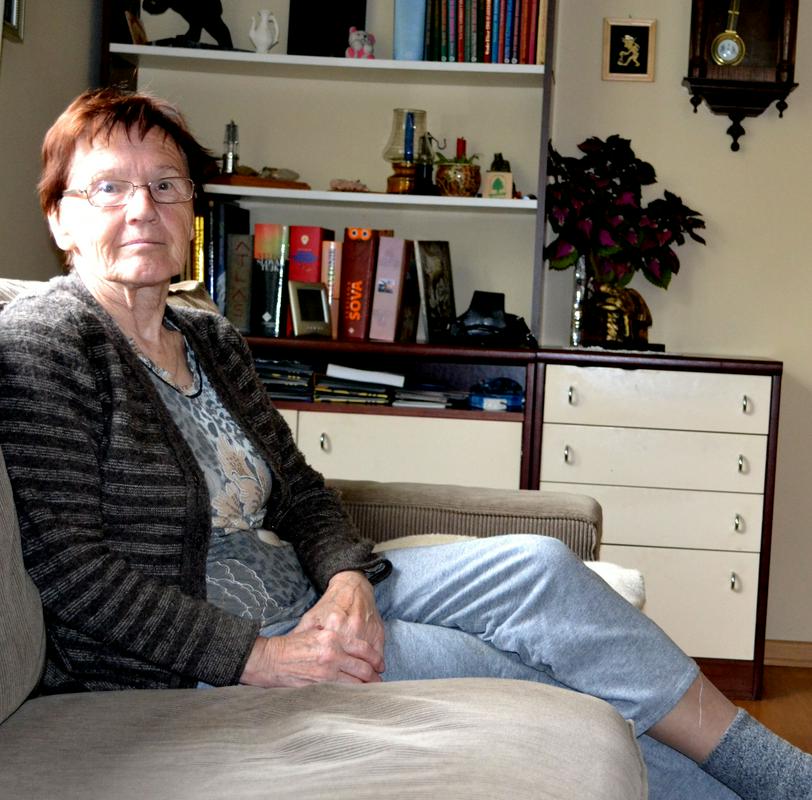
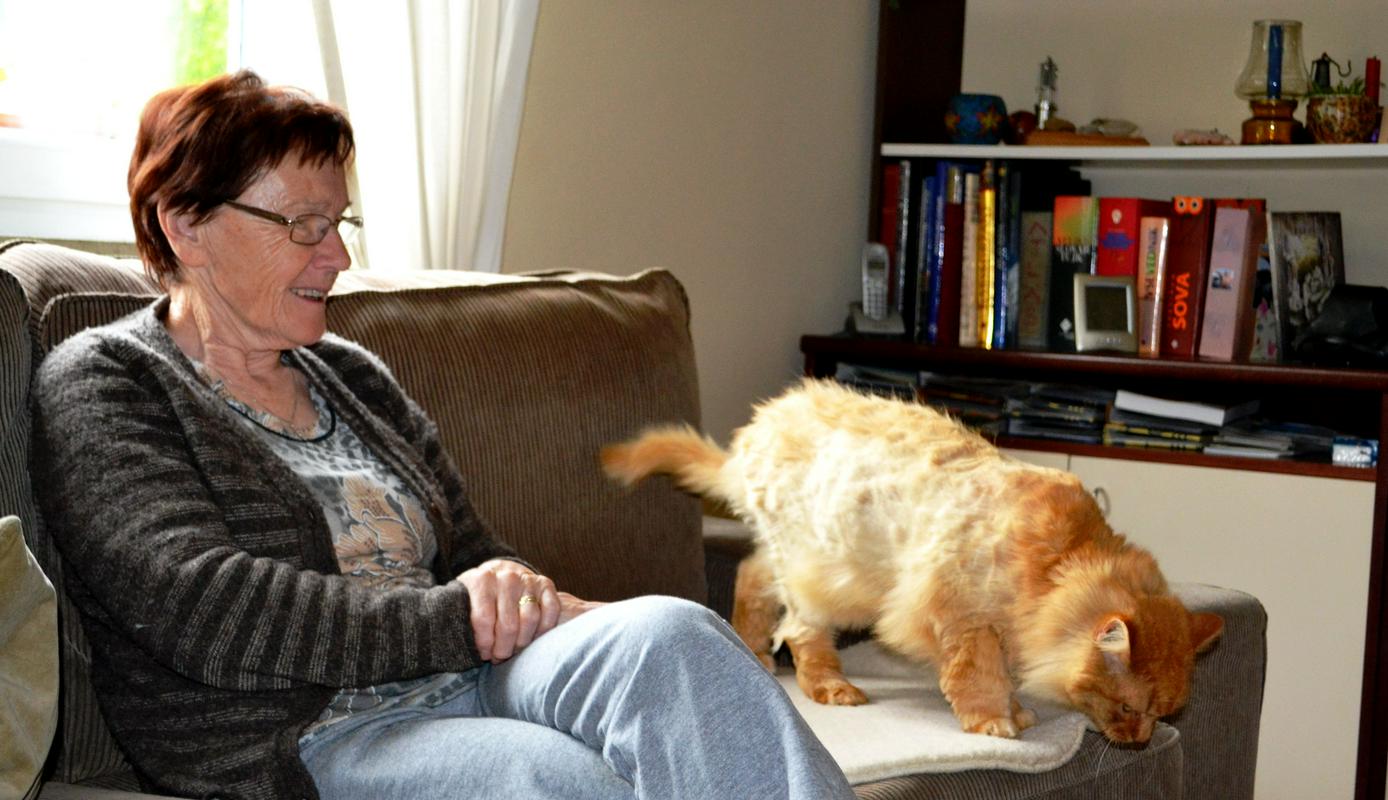
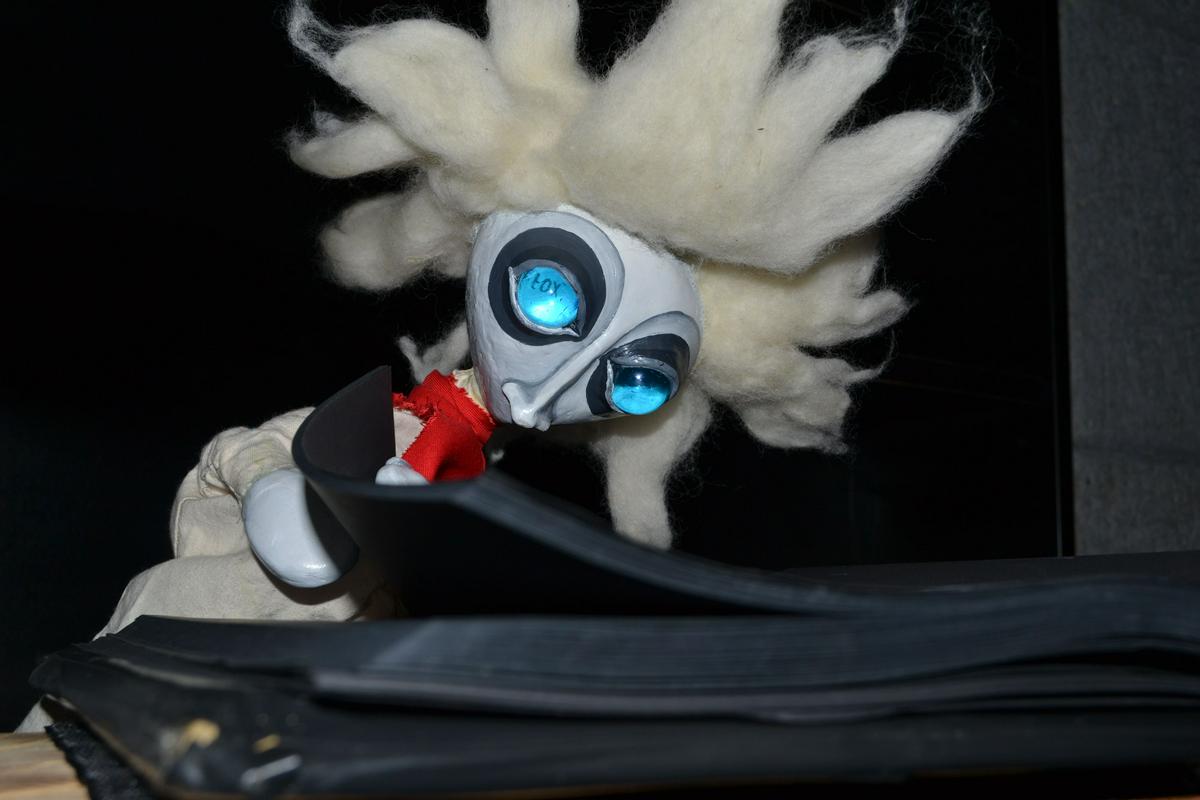
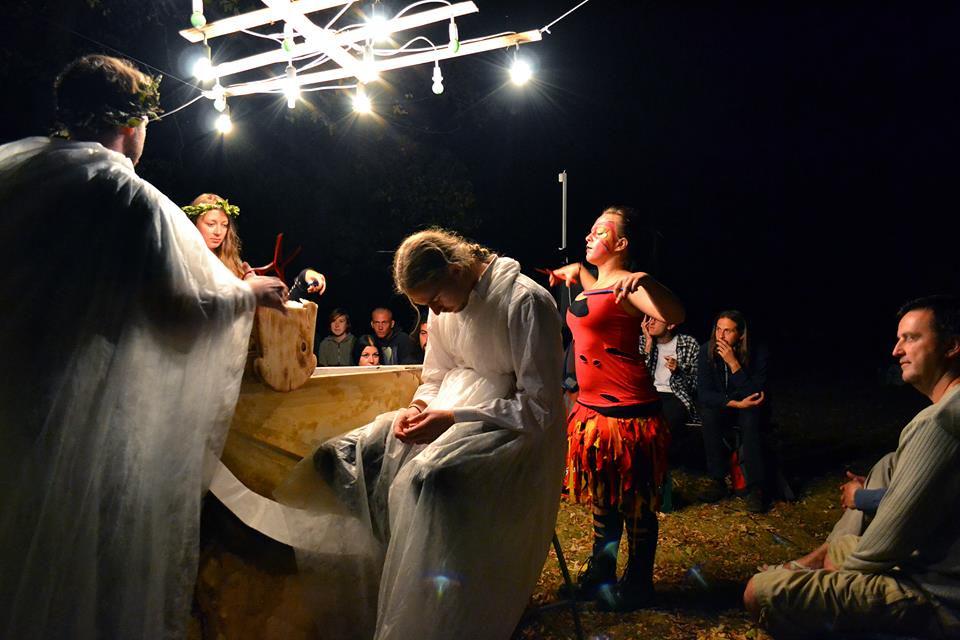
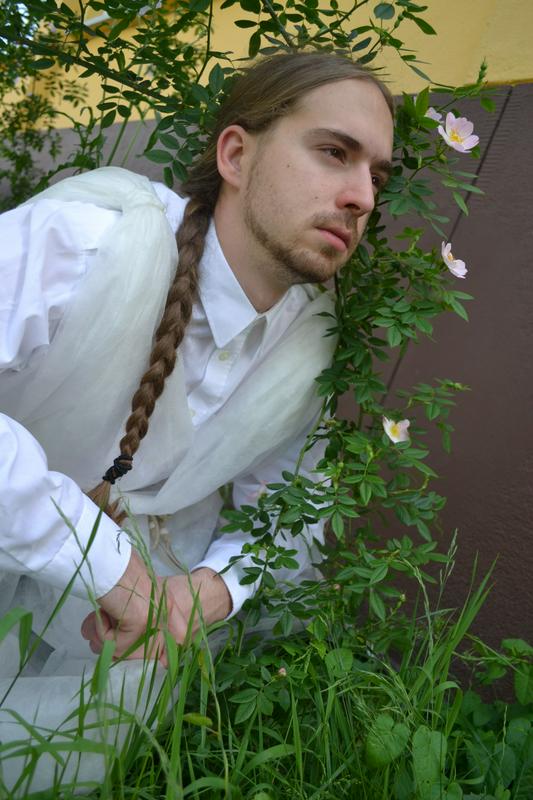
When Marta Repanšek, more than two decades ago, started collecting Carinthia folk tales, she asked her colleague from the Institute for Slovenian ethnography at the Research Centre at the SASA (Slovenian Academy of Sciences and Arts) dr. Marija Stanonik: "What should I say to the narrators?' 'You just ask them if they were ever spooked," was Marija's answer. And so she began. "The topics kept evolving; auditory hallucinations, seeing things, sorcery, unusual medicines...," says Marta. She wrote the tales in Carinthia dialect; Bajže s Koroške (Tales from Carinthia) was published in 1995 and enriched the Koroško narrative folk tradition.
'Have you ever been spooked?'
Haunting is one of the central topics of the recorded tales. They tell of haunted crossroads, chapels, places. The tales originated in the past, and stem from mythical explanations of the world, and awe of supernatural. Considering the absence of scientific explanations, the popularity and omnipresence of haunting becomes understandable. As Einstein has put it, religion stems from primitive superstition.
Fears are responsible for signs ('cahni') as well. It is a very interesting phenomena described by the narrators. Marta Repanšek explains that 'cahn' is a kind of sign – usually acoustic – a person hears while simultaneously experiencing a premonition. This sign foretells something bad, quite often a death, or it occurs at the moment of death. A clock stops, a candle extinguishes itself in the absence of a draft, the picture of the deceased falls off the wall, simultaneously bells from two neighbouring churches toll, wood creaks mysteriously – a sign can come in many different forms.
"There is a very old farmhouse in Topla, with walls thicker than one metre. An elderly neighbour living in the vicinity of the farm was in hospital. The neighbour went to visit him, and her husband remained at home. Suddenly a loud noise could be heard from the house. His first thought was that some boards stored at the attic must have scattered – but after checking in the attic he realized that the boards were still neatly stacked. When he returned to the ground floor his wife came home, and said: 'The neighbour is in a very bad shape.' And the husband replied: 'He died.' It turned out the man did die at the very moment his neighbour heard the noise," Marta Repanšek told one of the tales about the signs.
The parapsychology researcher Joseph Banks Rhine claimed that people at all times believed in forebodings, premonitions, unusual sounds, and the power of mind reading. It is understandable that signs were considered as predictions of bad events, death for example, as mortality and transience of life remains one of the basic existential questions, and signs helped give meaning and purpose to death. Marta Repanšek connects the occurrence of haunting with material circumstances: "The contracting and expanding of wood from which the old houses were made produced sounds, and if we add to that sound darkness, perhaps a storm, an illness, and fear for relatives … very frequently the resulted feelings originated from material causes."
"What I gave last year I will be taken this one
Some of the tales from Carinthia we can read in the book Bajže s Koroške are more mysterious, and can't be easily explained. They speak about the deceased who come back in order to right a wrong, to make up with somebody, to give back what was taken, or to help the living.
The Carinthia folk tales and stories speak also of unusual, mythical creatures. The most common are stories on sorrow women (žal žene), blond beauties who teach farmers how to manage their estates, how to sow beans… Then there is škopnek, an interesting phenomenon: a kind of falling star in the form of a tuft of straw, especially dangerous to small children: it pecks, suffocates, or swap them. The people from Carinthia know also the merman (povodni mož), who moved from Uršlja gora to Poharca, and took his lake with him. But the most mysterious and scary phenomena is, without any doubt, the wild chase (divja jaga). Evil spirits, malicious hunters can be heard in the woods at night. The hovering sounds include the loud sound of wind blowing, human screams, different sounds from nature including loud animal sounds (mewing, barking, mooing, sounds made by excited pigs, or horses' hoofs). You can protect yourself from wild chase by lying in the ditch on the right-hand side of the road you are walking. You mustn't turn back, as the wild chase dislikes it. If you have bad luck and the wild chase catches up with you, an imaginary hatchet hits you in the back, or it cuts off your leg – but if feels real!
The pain persists for one year, and nobody can help you, neither a real, nor a witch doctor. To get rid of the pain you have to go, exactly one year later, to the place where you had met the wild chase. It always comes back from the opposite direction. If feeling merciful, it will take back the pain, saying: "What I gave last year, I will take this one." The wild chase wants to right wrongs. Those who mistreated people or did bad deeds will have accidents. But in truth it seems that this phenomenon was used to explain sudden pains.
Female witches
The rich mythology of Carinthia tales includes magic (witchcraft) as well. Judging by the book, in Carinthia magic was performed only by women, and only for malice, envy, or revenge.
The narrators actually believed in witchcraft, says Marta Repanšek: "One of the narrators, a bit older than 60, actually believed his neighbour was a witch. He was mostly disturbed by her not socializing with other people. He was suspicious she and her daughter lived well, although they had no income. He also said she was tall, strong, and had moustache. She was a strong personality, and visual differed from other women. She paid no attention to others – so people wondered what was wrong with her? They came to the conclusion that she was a witch. When a neighbour's cow gave no milk, everybody blamed he. 'When they were unable to understand a woman, they characterized her as a witch," she concludes.
Obviously the folk understanding of the world can't be considered as tolerant to diversity. Moustaches, and hair on female face still today cause fear; the best proof are the turbulent reactions to the image of this year's Eurovision winner Conchita Wurst.
Records in dialect
The book Bajže s Koroške (Tales from Carinthia) is written in Carinthia dialect. Or better, dialects: as many narrators, as many dialects! The oldest narrators use obsolete words the younger don't understand, the sentence structure differs as well. The language the younger narrators use is more similar to the literary language, and Germanicisms are less frequently used.
The Carinthia dialect includes a number of sounds which can't be perfectly captured by 25 letters of the alphabet. The sign for semivowel had to be used in order to transcribe certain words. Semivowels are a peculiarity of the Carinthia dialect. The Slovenian language normally knows semivowels which are transcribed with the letter 'e' (pes, december), but in the Carinthia dialect they are spoken instead of a number of sounds (i, a, o,u).
During twenty years Marta Repanšek has noticed that the dialect has been changing, especially when compared to the dialect recorded in her book. Schools, radio, television, the influence of globalisation have brought fresh air into the Carinthia dialect. Still, some characteristics, e.g. švapanje ('l' used in literary language in certain cases sounds like 'w'; bila = b'wa, prišla = prəšwa), and the melody of the spoken dialect remain consistent.
Nina Meh, translated by G. K.

































































